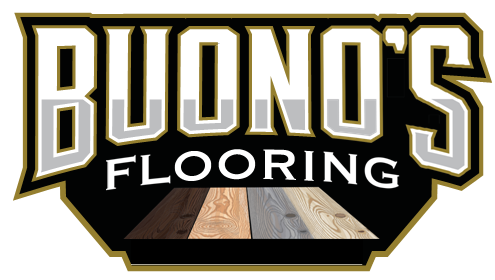Garage Floors That Work
Questions?
We're here to help
Modular, Draining, and Built for Real Use
Say goodbye to peeling epoxy and slippery vinyl.
Our garage flooring system transforms your space into a clean, bold, and vehicle-ready environment — in a single day.
Why Choose Our Garage Floor System?
We install a top-tier modular garage floor system — the #1 solution for homeowners who actually use their garage. Whether you’re parking your daily driver, detailing your weekend ride, or just sick of concrete stains, this system gives you the look and durability you’ve always wanted — without the upkeep.
Key Benefits:
- Self-Draining Surface – Snow, water, and oil drain instantly — no puddles, no
slipping. - Supports 80,000 lbs – Park anything: SUVs, trucks, tool chests — without
dents or cracks. - Modular Repair – One tile gets damaged? Snap it out, drop in a new one —
done in 10 seconds. - Same-Day Install – Installs in hours with no glue or cure time. Park on it same
day. - Ultra-Low Maintenance – Hose it down, vacuum under it — no flaking or
fading. - Custom Looks – 14+ color options for checkerboards, borders, or bold solids.
- Made in the USA – ISO-certified with a 15-year warranty.
Clean, Durable, and Drains Like a Pro
Other floors look nice until winter hits or oil drips. Our modular system handles:
Daily vehicle traffic
- Snow melt and road salt
- Garage gym setups
- Spilled chemicals or oil
- DIY hobbies and tools
How It Compares
Here’s a clean and easy-to-read table based on your data:
| Floor Type | Drains? | Vehicle-Rated? | Repairable? | Lifespan |
|---|---|---|---|---|
| Modular Floor System | ✅ Drains | ✅ Supports 80,000 lbs | ✅ Snap-in repair | 15+ Years |
| Epoxy Paint | ❌ No drainage | ⚠️ Limited strength | ❌ Not repairable | 3–5 Years |
| PVC Tiles | ⚠️ Partial drainage | ⚠️ Moderate strength | ⚠️ Sometimes repairable | 5–7 Years |
| Vinyl/Laminate | ❌ No drainage | ❌ Not vehicle-rated | ❌ Not repairable | 1–3 Years |
| Bare Concrete | ❌ No drainage | ✅ Vehicle-rated | ⚠️ Needs patching | ~10 Years w/upkeep |
Customize Your Space
Over 14 standard colors available including: Black, White, Red, Graphite, Alloy, Royal Blue, Yellow, Orange, Espresso — plus custom blends to match your vehicles, brand colors, or team spirit.
Layout styles:
- Checkerboard
- Border accent trims
- Solid color clean builds
- Custom branding zones
What’s Included in a Standard Install?
- Custom layout design and install
- Optional edges, ramps, and AccuPark® guides
- No glue, no mess — clean install over your existing slab
- One-day turnaround — park same night
- Free consultation to design your space and confirm fit
Ready for a Garage Upgrade?
We offer free consultations by phone or video. We’ll walk you through layout options,
measure your space, and give a same-day quote.
If you’d prefer a site visit to see the options in person, we’re happy to schedule one at
your convenience.
Don’t settle for paint that chips or tiles that slide. Install the garage floor that actually
works.
